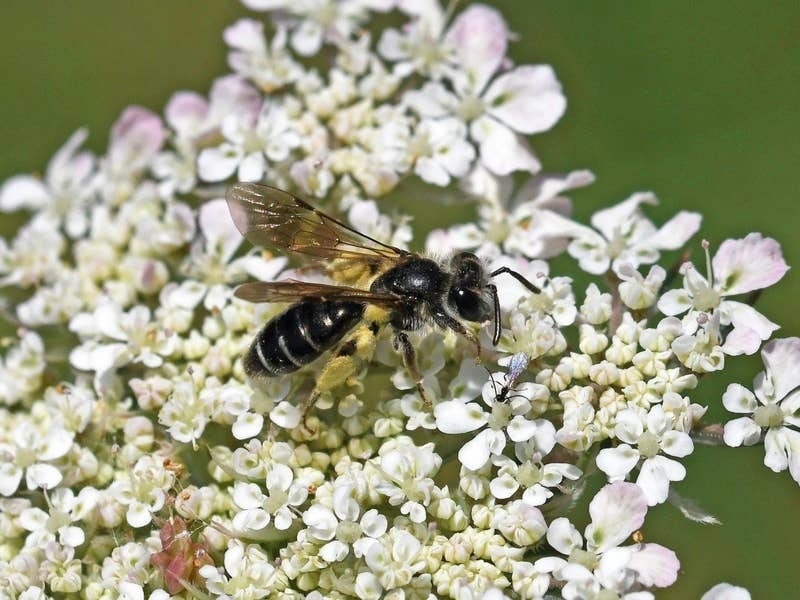International experts and archaeologists wanting to access the Ouaisné landmark, which is one of the one of the most important Ice Age areas in Europe, are currently being prevented from doing so by unsafe conditions caused by long-term sea erosion.
The fundraising campaign has been jointly launched by the Société Jersiaise, which owns La Cotte, and Jersey Heritage, which is responsible for the site’s conservation.
The president of the Société Jersiaise, Alastair Best, said only the ‘fearless and athletic’ were currently able to access the site.
‘La Cotte is one of the most important Ice Age sites in Europe,’ he said. ‘Its archaeological importance was first discovered in the 1880s and it has been the subject of research ever since.
‘It has always attracted scholars and students from outside the Island, but access to the site is only possible by the fearless and the athletic, and the sea side of the site has suffered from the endless barrage and erosion from the sea.’
A current phase of construction work, funded by Jersey Heritage and the Société, is already well under way to make the cliffs safe at La Cotte, but Jersey Heritage’s chief executive, Jon Carter, said there was still more to do.
‘We have already funded the first phase of work to protect La Cotte for the future by making safe the cliffs and protecting the site from the sea,’ he said. ‘However, this work is ongoing and conservation of this important site is a long-term project.’
Once La Cotte is deemed safe, archaeologists will be able to return to restart their work, which they are aiming to do this summer.
A palaeolithic archaeologist at UCL’s Institute of Archaeology, Dr Matt Pope, was in Jersey on Friday to return a Neanderthal stone tool which had been found at La Cotte and was on exhibition in a private collection in Britain.
‘There has been a long history of discovery at La Cotte de St Brelade,’ he said. ‘But each generation has had to deal with considerable risks from the sea and falling rocks to learn more about the Neanderthal people who lived there.
‘The investment so far is transforming the headland into a stable and manageable, research-ready dig site. We’re very excited and honoured to be at the beginning of the next chapter of research at this iconic prehistoric site.’
Online donations to the project can be made at lacotte.org.je.






